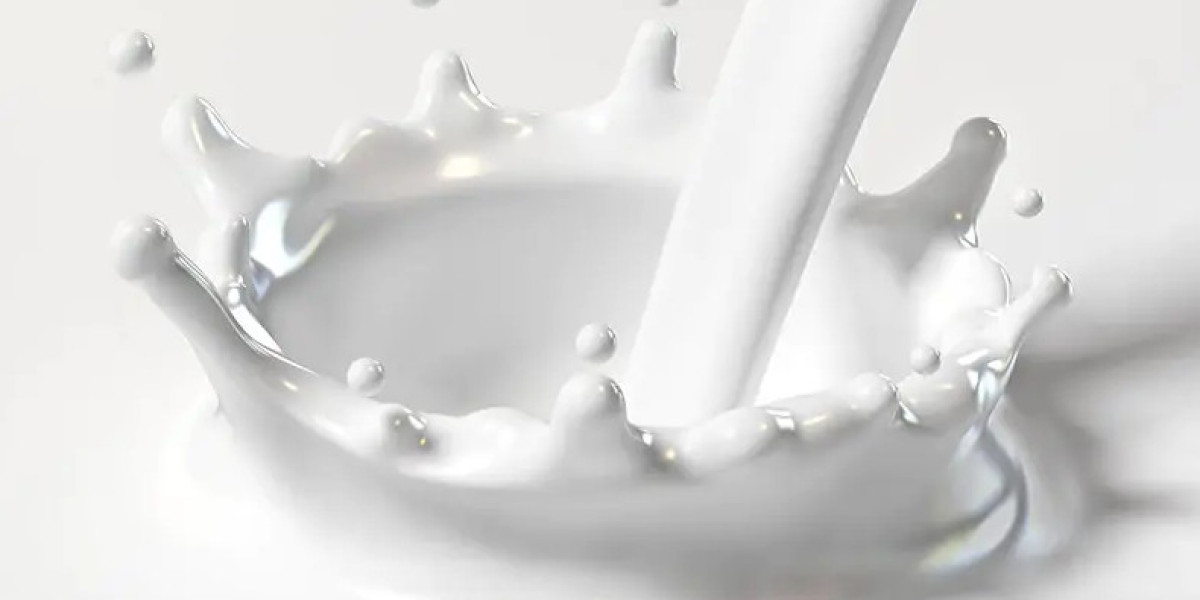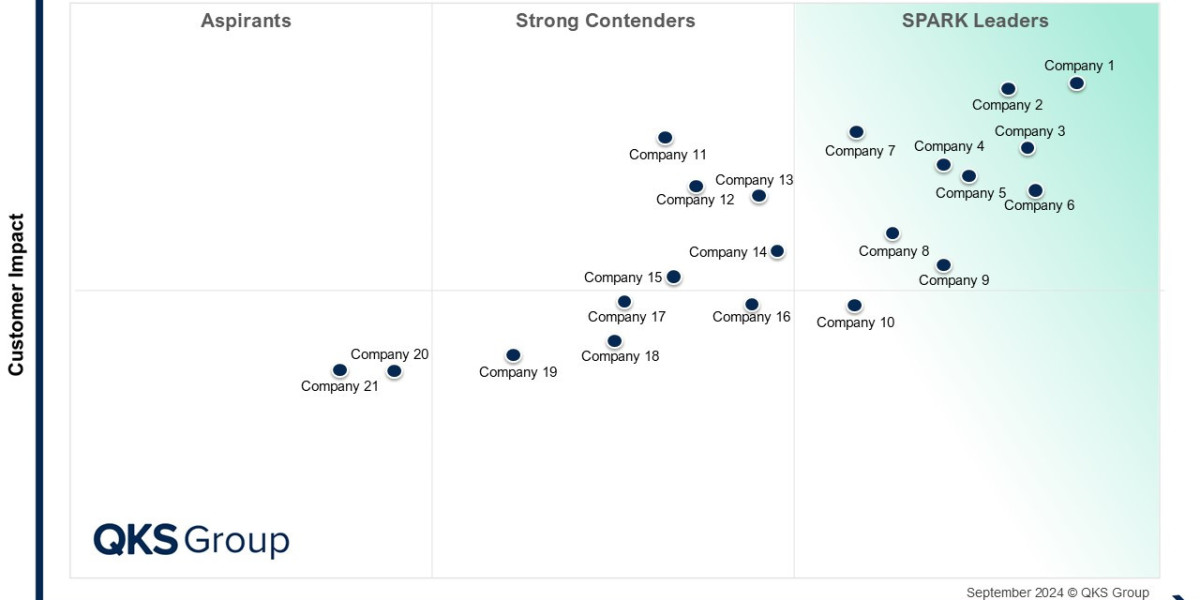In polymer science, Carboxylated Butadiene-Styrene Latex is a variant of styrene-butadiene emulsion polymers in which functional carboxyl groups are incorporated into the backbone or side chains. Along with Carboxylated Styrene Butadiene Copolymer, it represents a class of copolymers whose structure is modified by introducing acid or carboxyl monomers (such as acrylic acid or methacrylic acid) into the butadiene-styrene monomer mix. This incorporation alters polarity, introduces sites for crosslinking, and changes interactions with fillers, pigments, or other polymer phases.
In a typical system, the ratio of styrene to butadiene can be varied (for example, 20-30 % styrene, 70-80 % butadiene by weight in some rubbers), and the carboxyl content can range from a low level (e.g. around 1 %) up into higher levels (several percent) depending on target properties. The presence of carboxyl groups increases molecular interactions between chains or with fillers or substrates, enhances compatibility with polar phases, and influences properties like glass transition temperature, tensile strength, and chemical resistance.
Looking more deeply, the copolymerization process for Carboxylated Styrene Butadiene Copolymer typically uses emulsion polymerization. During that reaction, surfactants, initiators, and the carboxyl-monomer are all present; after polymerization, the latex particles retain carboxyl groups on their surfaces and/or internally. These carboxyl groups allow for potential crosslinking, influence water absorption, and contribute to adhesion to polar surfaces. In contrast, non-carboxylated SBR lacks these functional groups, and so its interaction with other phases or with moisture tends to be weaker.
The modified molecular structure also affects thermal behavior. For example, as carboxyl content increases, the glass transition temperature may shift, sometimes upward, and the copolymer’s mechanical modulus in the glassy or transition region may increase. Moreover, the particle size distribution of latex, gel content, and degree of crosslinking are all sensitive to the level and position of carboxyl functionality. In composite systems, improved interface adhesion often results because polar carboxyl groups can form interactions (e.g. hydrogen bonding or ionic crosslinks) with reinforcing agents or substrates.








